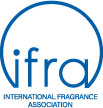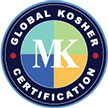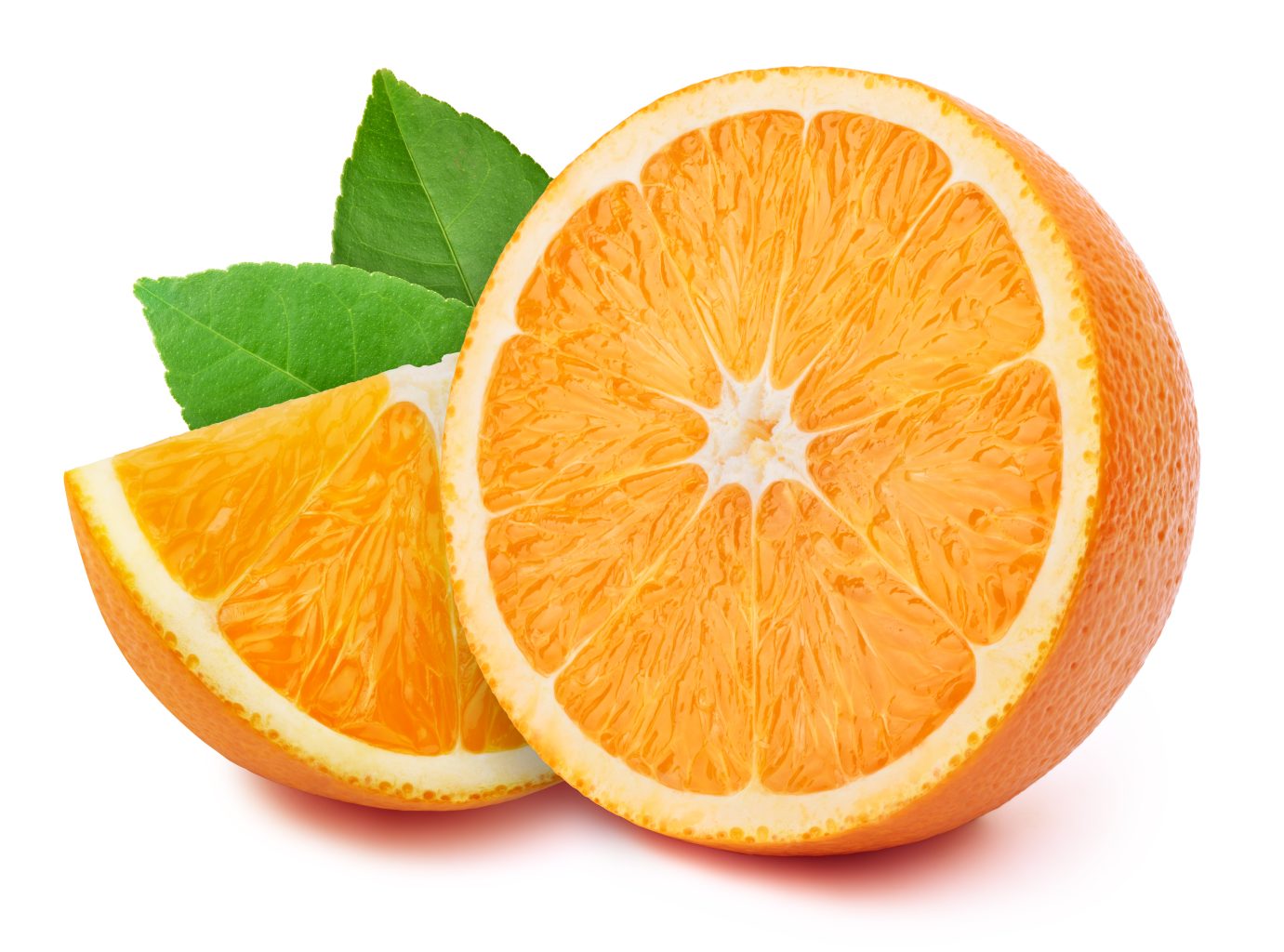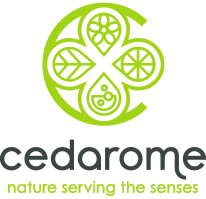Description
Orange Cold Pressed is obtained by cold pressing the peel of the Citrus sinensis fruit.
Olfactive Profile
Sweet, tangy, and citrusy
Appearance
Intense yellow, orange, or deep orange
- Details
- Technical Information
- Downloads
- Sources
Details
Botany
Citrus sinensis is an evergreen tree that belongs to the Rutaceae family and grows between 5-10 meters (16-32 feet) in height. It has dark green elliptical leaves, white flowers that appear in clusters. The fruit is medium-sized and has a round, slightly oval shape, with a thick orange peel.
Ethnobotany
Orange trees are native to Southeast Asia. With trade and exploration, cultivation spread across the Mediterranean, the Middle East, Africa, Australia and the Americas. They were primarily utilized for traditional medicine and culinary purposes.
Uses/Application
Orange Cold Pressed is used in aromatherapy, pharmaceuticals, flavor, cosmetics, household cleaners, and fine fragrance [1, 2, 3].
Technical Information
CAS: 8008-57-9
INCI: CITRUS AURANTIUM DULCIS (ORANGE) PEEL OIL
FEMA: 2825
EC: 232-433-8
Botanical name: Citrus sinensis
Botanical family: Rutaceae
Accepted synonyms: Citrus aurantium var. sinensis, Citrus aurantium dulcis
Common names: Sweet Orange Oil
Origin: Brazil / Mexico
Cultivation method: Plantation
Harvest period: December to July
Plant part used: Peel
Method of extraction: Cold pressing
Main components: Limonene, beta-Myrcene, Alpha-Pinene, Linalool, alpha-Terpineol, Decanal [1, 4]
Refractive Index at 20 Deg C: 1.472 and 1.474 (FCC)
Specific Gravity at 25 Deg. C: 0.842 and 0.846 (FCC)
Certifications and Declarations:



Certificate of Analysis
- SDS
- Food Grade
- Natural Statement
- Origin Statement
- GMO Free
- Allergen
- Prop 65
Downloads
Sources
[1]. C. Torres-Alvarez, A. Núñez González, J. Rodríguez, S. Castillo, C. Leos-Rivas& J. G. Báez-González (2017) Chemical composition, antimicrobial, and antioxidant activities of orange essential oil and its concentrated oils, CyTA – Journal of Food, 15:1, 129-135, DOI: 10.1080/19476337.2016.1220021
[2]. Agarwal, P.; Sebghatollahi, Z.; Kamal, M.; Dhyani, A.; Shrivastava, A.; Singh, K.K.; Sinha, M.; Mahato, N.; Mishra, A.K.; Baek, K.-H. Citrus Essential Oils in Aromatherapy: Therapeutic Effects and Mechanisms. Antioxidants 2022, 11, 2374. Citrus Essential Oils in Aromatherapy: Therapeutic Effects and Mechanisms
[3]. R. L. Swaine, Southern Pines, NC and R. L. Swaine, Jr., Procter & Gamble Company, Cincinnati, OH, Citrus Oils: Processing, Technology, and Applications, Perfumer & Flavorist Vol. 13, December 1988
[4]. Masayoshi Sawamura (2010) Compositional Analysis. In: Masayoshi Sawamura (Editor) Citrus Essential Oils: Flavor and Fragrance, Wiley & Sons



